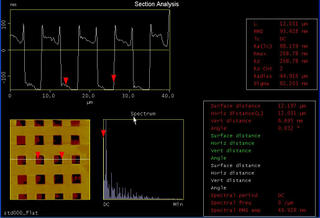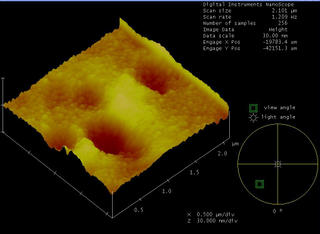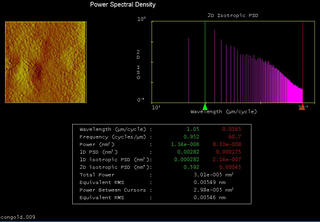Warning: The below entry is full of technical and weird physical nomenclature so if you find Physics a turn off please look away from your monitor screen. LOL~
What is Faraday's effect?
One observes that when a plane polarised light passes through a magnetized medium (eg: a glass cylinder subjected to a B-field), the plane of polarization is rotated and this is known as the Faraday effect. Michael Faraday discovered this in 1845 and this is one of his more 'unknown' discoveries relative to the discovery of the transformer.
Basically we start off with a 50W halogen lamp and then a the light beam passes through a filter, hereby filtering out all but a particular wavelength of light. This filtered light goes through the first polariser, set at 90 degrees before passing through the glass cylinder. Note that the glass cylinder is placed in between 2 poles of an electromagnet such that direction of the B-field is parallel to direction of irradiation. The light then passes through a 2nd polariser (analyser) before a focusing lens is used to focus the image of the cylinder's image onto a translucent screen.
Procedure: Since polariser is set at 90 degrees, we would expect extinction to be at 0 degrees. However the plane of polarisation would be rotated by the B-field and hence we would expect some non-zero value of
delta phi. We do this by adjusting the analyser to find the point of maximum extinction.
The B-field values were also varied by controlling the DC current supplying power to the electromagnet, and we find that the greater the current the greater the Faraday's angle. So d
elta phi is proportional to B.
I won't go into detail about the Verdet's constant, because its just mathematical stuff. Lazy me wahaha!
Why does this effect occur? This is pretty interesting stuff at least to me. What do we mean by plane polarised light? We are essentially talking about the direction of electric field when we say plane polarised light. Plane polarised light can be visualised as LCP and RCP light. LCP = left circularly polarised and RCP = right """
We can consider it like this because if we consider light to be circularly polarised, the 2 circular vectors always have a resultant which is along the plane of polarisation. For normal materials, the refractive index varies proportionally with wavelength (the lower the wavelength, the higher the index of refraction)
For most materials, there is a UV resonance frequency or associated wavelength, such that peak resonance is reached when this particular wavelength of light passes through. Refractive index is a maximum at these points. When these materials are subjected to a B-field parallel to direction of irradiation, something occurs and its known as the
Zeeman effect. Nabeh, I also dulan at this point.
What Zeeman effect does is, it shifts the point of resonance in different directions for LCP and RCP. So what sense does it make? Ok imagine LCP and RCP passing through the medium but LCP experiences a lower index of refraction while RCP experiences a higher index of refraction. When they recombine again after travelling through the medium, add up the 2 vectors and you get a new plane of polarisation. Cool..
So this BRIEFLY explains what the Faraday effect is about. Hope whoever is reading this understands. If don't understand, don't find me wahaha! Kidding. :)
 Section analysis of a standard 10 micron grid. You can see clearly the recesses every 10 microns.
Section analysis of a standard 10 micron grid. You can see clearly the recesses every 10 microns. A 3D image derived from contact mode AFM. This means that the tip and sample are actually "touching" each other.
A 3D image derived from contact mode AFM. This means that the tip and sample are actually "touching" each other. Power spectral density image of contact gold. This time I'm using a picture derived from the phase difference between some signals. (I also blur) Don't ask me what is PSD, it just gives a lot of information.
Power spectral density image of contact gold. This time I'm using a picture derived from the phase difference between some signals. (I also blur) Don't ask me what is PSD, it just gives a lot of information.  A flattened image of the standard grid. Look at the phase picture on the right. It provides fricking accurate pictures of the surface characteristics. In this case, you can see the roughness on the surface.
A flattened image of the standard grid. Look at the phase picture on the right. It provides fricking accurate pictures of the surface characteristics. In this case, you can see the roughness on the surface.